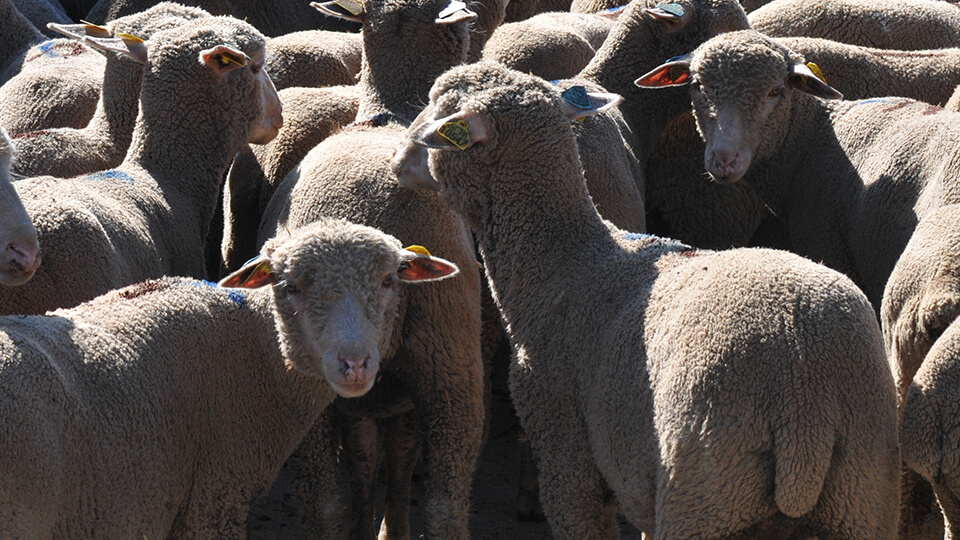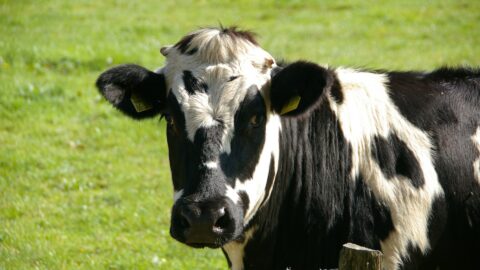La fièvre catarrhale ovine en France continentale fin 2017

Auteurs
Résumé
La FCO (BTV-8) est apparue pour la première fois en France continentale en 2006. Pendant plusieurs années, les acteurs sanitaires se sont mobilisés pour lutter contre le BTV-8 puis le BTV-1 avec un succès apparent ; le BTV-8 est cependant réapparu en 2015 dans l’Allier. En novembre 2017, un veau, qui devait être exporté en Espagne, s’est révélé être positif par RT-PCR de groupe FCO (PCR qui détecte tous les sérotypes du virus de la fièvre catarrhale ovine) mais négative en PCR de typage (sérotype 8). Le prélèvement de sang a été adressé au laboratoire national de référence de l’Anses qui a confirmé, le 6 novembre, ces résultats et identifié le sérotype en cause (sérotype 4). Après la mise en œuvre d’une vaccination obligatoire des ruminants domestiques, l’évolution de la situation épidémiologique en décembre et surtout l’absence de doses vaccinales en quantité suffisante a conduit les services vétérinaires à renoncer à la mise en œuvre de cette stratégie vaccinale.
Abstract
Bluetongue (BTV-8) appeared for the first time on mainland France in 2006. For several years, health professionals worked actively to fight against BTV-8 then BTV-1 with apparent success. However, BTV-8 reappeared in 2015 in the Allier ‘département’. In November 2017, a calf, which was to be exported to Spain, was found to be positive for bluetongue by RT-PCR (a PCR that detects all bluetongue virus serotypes) but negative by typing PCR (serotype 8). The blood sample was sent to the ANSES national reference laboratory, which confirmed the results on 6th November and identified the serotype as type 4. After the application of a compulsory vaccination program for domestic ruminants, the evolution of the epidemiological situation in December and above all the absence of sufficient vaccine doses led the veterinary services to abandon this vaccination strategy.
D'autres articles
Ovins · Aucun thème

